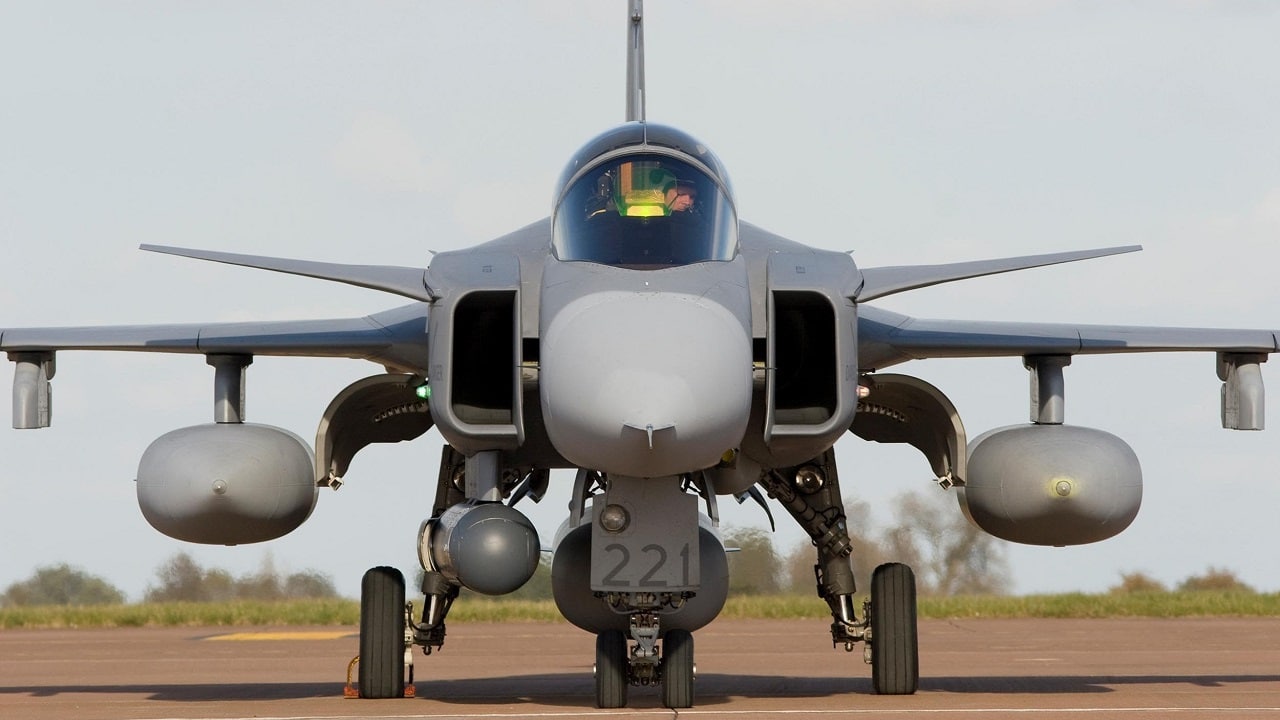At its Madrid summit on Wednesday, NATO formally invited Finland and Sweden to join the alliance. In its Summit Declaration, NATO said inviting the two countries “will make them safer, NATO stronger, and the Euro-Atlantic more secure.” In the emotional environment of a major war burning in Ukraine at the hands of an aggressor-Russia, it’s not hard to understand why Finland and Sweden would desire to join NATO. But America must look at this move through rational eyes, looking to the long-term interests of our country, and not just the reflexive anti-Russian flush.
A sober analysis exposes that the NATO declaration is wrong on two major counts: accession of Helsinki and Stockholm will neither make NATO stronger nor make the Euro-Atlantic more secure – and it will definitely add more burden and risk to the United States.
First, let’s examine this invitation from the perspectives of Finland and Sweden. It is entirely understandable and logical that these two nations would desire to be in NATO. Both have a complicated and strained history with Russia, and given the war currently raging in their neighborhood between Russia and Ukraine, Helsinki and Stockholm realize that if Russia were to attack them, regardless of the reason, they would have very little hope of emerging victorious.
At present, Russia’s offensive capacity is greatly diminished from what it was prior to 24 February, as it has lost thousands of combat vehicles to enemy fire and tens of thousands of troops. But this condition is not permanent. In time, Russia will rebuild its strength, and again have an active force of approximately 168 battalion tactical groups, manned by an Army of approximately 280,000 soldiers (Russia had about 900,000 total active troops prior to the war, including army, navy, air force, and other specialties). Finland and Sweden don’t have anywhere near enough troops to hold off such a force.
The Finnish military currently has 200 tanks, 2,000 armored vehicles, and is staffed with about 23,000 active troops. The Swedish Armed Forces have 121 tanks, 3,300 armored vehicles, and 16,000 active troops (of which, less than 7,000 are ground combat troops). Combined, the active forces of the two countries have roughly the same firepower as a reinforced American armored division (of four armored brigade combat teams). They would be able to slow down a Russian invasion, but not stop it. Thus, without question, the two nations would feel safer knowing they had the entire heft of NATO over their shoulder to protect them in the event of war.
But as my Defense Priorities’ colleague Mike Sweeny points out in his most recent explainer, it would be a logistics nightmare for NATO to defend Finland. First, in the event of hostilities, it would be incredibly difficult to send large numbers of NATO troops to defend the country, as Sweeny points out, there are “no direct land route to Finland” from continental Europe. Everything would have to be deployed via airlift.
Second, as hard as it would be to send ground troops to Finland and Sweden (there is likewise no direct land route to Sweden), supplying a sustained conflict to either or both countries would also have to be conducted by air, which Russia has demonstrated in its war with Ukraine it has an effective capacity to neutralize. If Russia were able to limit or prevent sustained flights of NATO troops and supplies, the Finns and Swedes would be unable to fight for long.
Third, and most importantly, as bad as it would be if Russia ever went to war with Finland or Sweden, it would not pose a direct risk to the security of the rest of Europe and NATO. But if the Atlantic Alliance has Article 5 obligations and joins a war directly against Russia, the chances of the conflict escalating to a nuclear confrontation rises dramatically. Once the nuclear threshold has been breached in a NATO-Russia war, the chances of American cities being attacked would become probable, not merely possible.
It would be bad if, in the future, Russia and Finland or Sweden went to war. But like the current conflict between Moscow and Kyiv, it would not affect the security of the United States or NATO, as our collective security would provide a powerful deterrent to Moscow escalating into existing NATO territory. If Finland and Sweden were part of NATO, Article 5 may indeed deter any future Russian leader from attacking – but if it didn’t, then the West would see a tragedy for two states turn into a potentially existential fight for the entire alliance.
Ultimately, NATO is supposed to be a defensive alliance that exists to preserve the security of the current members. America is already burdened by having to provide security guarantees for 29 other countries. Adding two more countries – especially one that has a large land border with nuclear-armed Russia – is adding risk to our country that is not offset by any measurable benefits.
Now a 1945 Contributing Editor, Daniel L. Davis is a Senior Fellow for Defense Priorities and a former Lt. Col. in the U.S. Army who deployed into combat zones four times. He is the author of “The Eleventh Hour in 2020 America.” Follow him @DanielLDavis

